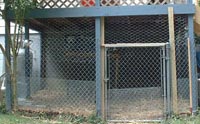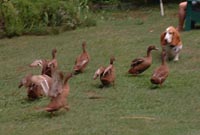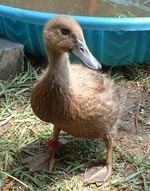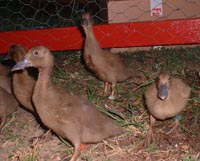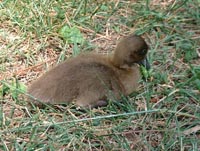With the exception of a few tomatoes and some basil, we have given up on the garden this year. The drought is simply too severe, and the raised beds were taking more water than they are worth.
But professional farmers with drip irrigation systems are surviving, if not thriving, and we have been eating well from the farmers market. I have spent most of my Saturday mornings lately canning. This summer we have put up strawberry and blackberry jam, yellow tomato marmalade, cherries and blueberries for pie, three kinds of pickles, chowchow, pickled beets, and I can’t remember what else.
Most recently I put up sixteen half-pint jars of hot pepper jelly, my own private recipe, which I believe I have finally perfected. A whole habañero in every jar, that’s the secret!
